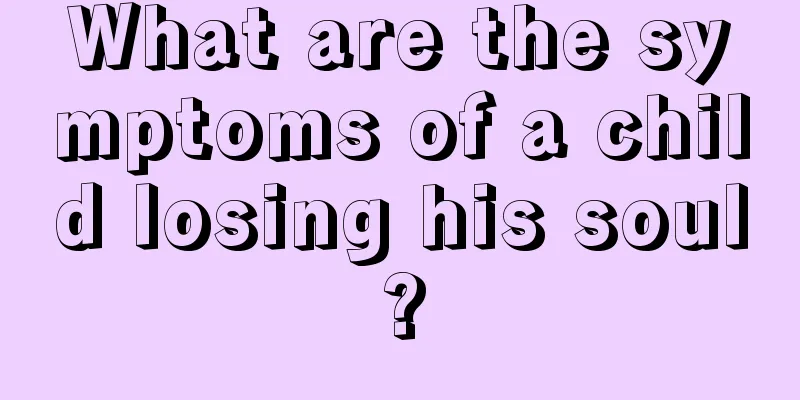Acute pharyngitis in children

|
Acute pharyngitis in children is a relatively common disease, and the incidence rate is quite high. After diagnosis, parents must take their babies to the hospital for a detailed examination. If the disease is confirmed, they must be treated so that they can get better faster. For example, anti-infection treatment can be used, which is quite effective. 2. Anti-infection treatment For those with bacterial infections, antibiotics can be given orally, by intramuscular injection, or by intravenous drip. Penicillins or cephalosporins are the first choice. Sensitive antibiotics can also be selected based on the results of bacterial culture and drug sensitivity tests. For those infected with the virus, oral antiviral shock, acyclovir, famciclovir and other antiviral drugs can be taken three times a day, or intravenous vitamin C can be given once a day. 3. Symptomatic supportive treatment The human body needs to consume 2000 ml of fluid every day. If the throat pain is severe and you are afraid to swallow, you can give glucose, saline, energy mixture, etc. intravenously to supplement your physiological needs. Patients with fever should receive more fluids due to evaporation of sweat. If the fever is above 38.5℃, ice packs or alcohol baths can be given. Children with high fever are prone to convulsions, and their temperature should be actively reduced before convulsions occur. 4. Local treatment Gargle with compound borax solution, normal saline or 3% hydrogen peroxide. Take 6 Qingyan Drops or 2 Dianshe Pills orally three times a day to help relieve throat discomfort. In children with herpetic pharyngitis, red halos can be seen on the back of the soft palate, pharynx, tonsils, etc., surrounded by characteristic vesicles or white papules (lymph nodes). People with Fan Shang's pharyngitis often have bad breath and thick tongue coating. The lesions are usually confined to one tonsil but may also involve the palatine arch, gums and pharyngeal wall. The lesion is covered with a thick and dirty pseudomembrane, which is yellow or grayish white and is composed of necrotic material of the ulcer. It is easy to wipe off, and there are small bleeding spots on the ulcer surface after wiping. If the total white blood cell count and neutrophil count in a routine blood test are elevated, it indicates a bacterial infection. If not, it may be a viral infection. The disease may occur multiple times in the same patient, each time caused by a different type of virus. The incubation period is 3 to 10 days. It usually starts with a sudden high fever, which can reach a peak within 24 to 48 hours, rising to 39 to 41°C, accompanied by headache, throat discomfort, myalgia, etc. Infants and young children often vomit, refuse to eat, and even have febrile convulsions. However, most of them are mild cases, which are self-limited and improve in 1 to 2 weeks. |
<<: Can children drink breast milk?
>>: The child has herpetic pharyngitis
Recommend
What are the early symptoms of pneumonia in children?
Many children are prone to symptoms such as colds...
Children have fever during the dog days
When the dog days of summer come, families with c...
Symptoms of coughing when a baby inhales foreign objects
In life, we often encounter coughs caused by fore...
What is the reason for children's nasal mucus?
Children have relatively low resistance and will ...
How to supplement calcium for children
Calcium is one of the more important trace elemen...
Why does my baby always wake up when sleeping at night?
Babies often cry and make a fuss at night. If the...
Why do children's ears bleed?
We all know that our facial features are very imp...
Can dexamethasone be used in children?
Dexamethasone is a common drug in daily life. It ...
At what age should children start brushing their teeth?
Let us tell you at what age children should start...
What should you pay attention to when changing diapers for newborns?
We all know that for newborn babies, since their ...
What should I do if my child has ear pain in the middle of the night?
Because children are in the stage of growth and d...
Newborn baby's stool is green and has milk curds
The normal color of a newborn's stool is gold...
How many days does it take for a child to have diarrhea?
If a child’s diarrhea is caused by indigestion, h...
How long does it take for a newborn to drink water?
Can newborns drink water? The answer is definitel...
What should you pay attention to when children have hangnails on their hands?
In fact, it is very common for children to have h...









